
Hi again friends — thanks for your patience. It turns out that writing up your own vacation is harder than it seems. (If that’s not, like, a zeroeth world problem…)
It won’t surprise any of you that on my recent romp through Berlin and Munich, I spent nine of thirteen nights in the concert hall. Planning my trip around music makes me exceptionally normal, I think — I know at least a few Eras-chasing Swifties who took cheap(er) tickets in Paris or Amsterdam as vacation opportunities. And it’s even more normal in the classical sphere: think of the Bayreuth Wagnerians (red flag), or the Aix-en-Provence opera nuts (aspirational), or the ritzy Aspen dilettantes (thank you for funding my career).
But it takes a special kind of geek to plan a trip around a single opera, let alone an absurdist, maximalist orgy with extended BDSM scenes and lovers named Spermando and Clitoria (at least, before they were renamed for decency’s sake). An opera which guzzles resources so efficiently that no U.S. company has mounted it since 2010, even though the composer just celebrated a centenary. An opera whose car horns and air raid sirens once made my brother — the kind of finance bro who premieres operas in his spare time — wrinkle his nose and say, “Do you actually like listening to this?”

Enough trivia, you see where this is going. Friends, I knew I needed a vacation this summer — but I chose Germany because of a single targeted ad from Munich’s Bayerische Staatsoper (Bavarian State Opera — I’ll refer to it as “the Staatsoper” throughout), touting a star-studded run of György Ligeti’s “anti-anti-opera” Le Grand Macabre. Thanks, algorithm…
Well, that’s only a half-truth — the Staatsoper’s massive July opera festival would be a worthy destination even in a year without Ligeti’s honks and screeches. U.S. summer opera fests mainly focus on bringing the art form to places where it doesn’t exist year-round, like Des Moines, Santa Fe, or St. Louis. In Europe, there’s enough money to do that and mount blowout festivals in major metropolitan centers like Munich.
And so, I jetted off to the land of lederhosen and breakfast beer, two of my favorite nerds in tow: Parterre Box’s Emma Hoffman (find her writeups here and here), and Cy Gilman, the Marshall Scholar arts journalist who was also my stand partner in high school orchestra. Our goal was to cloy our veins with opera in one of the art form’s most exciting, surprising landscapes.
In no particular order, a few observations from our week taking in Munich’s sights, tastes, and most importantly, sounds — and some from a Berlin prelude where my brother graciously sat through a bit more music than he bargained for.
(NOTE: If you’re not game for deep-dive opera nerd shit, maybe skip the first few subheaders below — lots of food photos further down! And as always, my NYC concert listings for September are buried somewhere, but you might need to click out of your email inbox to see them.)

European opera houses get first pick of singers — and their casting agents have a magical combination of taste and money. Sure, the singers who singlehandedly carry U.S. companies’ marketing campaigns appeared plenty at the Munich fest. Soprano Lise Davidsen ravished in the final aria of Tchaikovsky’s Queen of Spades, just as she did in her MET debut run a few seasons ago. John Holiday, the countertenor most famous for his fifth-place finish on The Voice (team John Legend forever), was an impish prince in Le Grand Macabre.
But that first-choice prestige occasionally begets the kind of powerhouse, star-in-every-role casts the U.S. can’t attract. Take the Staatsoper’s sold-out run of Debussy’s gauzy Pelléas et Mélisande. Soprano Sabine Devieilhe, an early-music specialist among my favorite singers alive, rarely makes it across the pond — Peter Gelb hasn’t cast her since her tremendous (and under-heralded) 2023 MET debut in Poulenc’s Dialogues des Carmélites, and in a house that so regularly casts people who can’t sing (or act, for that matter), she’s such a missed opportunity. (Luckily, her recordings are frequent and outstanding…)
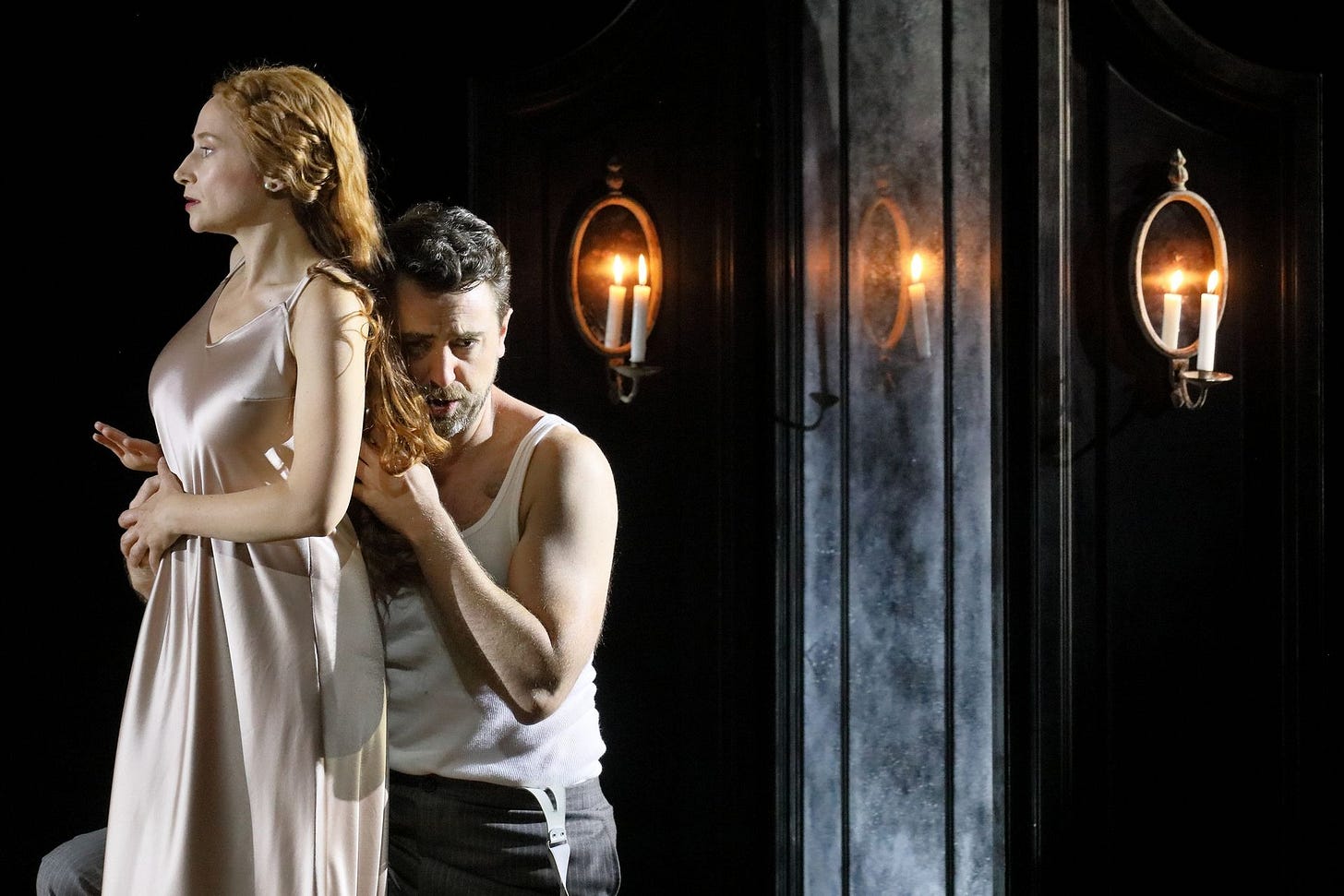
Opposite her was the Kansas-born tenor Ben Bliss, who spends most of his time singing Mozart very, very well — he’ll be Tamino in the MET’s phenomenal “recent” (read: recycled European) Magic Flute production this season, along with his role in Jeanine Tesori’s drone-striker opera Grounded. Over dinner one evening, Bliss regaled us with stories of his past life as a Hollywood production assistant, and I’m earmarking his bizarre stories from the set of Dr. Phil for a future article. Baritone Christian Gerhaher completed the title characters’ love triangle — once a Pelléas himself, he’s now the world’s leading interpreter of lieder, and one of few singers for whom I’d sit through four and a half hours of Wagner (another 2023 MET debut). Thunderous bass Franz-Josef Selig and rich mezzo Sophie Koch, both occasional New York presences, plus a phenomenal boy soprano from the local Tölzer Knabenchor, rounded out the once-in-a-blue-moon lineup.
With that cast, the production couldn’t not be life-changing, and lo and behold, Dutch director Jetske Mijnssen’s new Pelléas was some of the most profoundly affecting opera I’ve ever seen. The drama lay in the way Sabine Devieilhe’s vibrato quickened with Mélisande’s skittish outbursts. It lay in the way Ben Bliss swooped over Pelléas’s passionate crests, and in how Christian Gerhaher clung to his rolled r’s ever so slightly longer as Golaud grew more paranoid of a love affair he could never prove. It lay in a prim chessboard on a gaunt table, patiently awaiting its tumble to the floor as Chekhov’s gun awaits its shot; in a shallow, glass-still pool of water set against a backdrop of infinite darkness. This was one of those productions that bated my breath with suspense, my heart thumping, my eyes welling up with tears — and that’s just the high that leads me on these wild benders in the first place. (Mijnssen’s production gets its U.S. debut with a different cast at Dallas Opera this October. What I wouldn’t give to see Sir Willard White as Grandpa Arkel…)
Some other favorite names from Munich:
In the Ligeti, tenor Benjamin Bruns stunned as drunkard Piet the Pot (or, translated from German, “Piet on Draft”); he’s also a sensitive Bach Evangelist on Bach Collegium Japan’s latest St. Matthew Passion, and makes his debut as Wagner’s Parsifal in Hamburg this season. Mezzo Avery Amereau crooned as Amando (f.k.a. Spermando) — I recently enjoyed the Juilliard grad’s voice on an old-meets new album from Caroline Shaw and San Francisco’s Philharmonia Baroque Orchestra. As the grim reaper Nekrotzar, Michael Nagy sang with an imposing boom that justifies his flourishing career in German Romanticism. Baritone Sam Carl was goofier as the masochistic astronomer Astradamors. (Impressively, Carl valiantly stepped into the Ligeti role on just a couple months’ notice, commuting back and forth to rural Britain for a Handel obligation at the Glyndebourne Festival.)

In our first-night doze-fest of Strauss’s Elektra (sorry, it was a travel day — and no supertitles!), Lithuanian soprano Vida Miknevičiūtė roused us every time she sang, the pain in Chrysothemis’s heart searing to the Munich Nationaltheater’s upper tiers. In Mozart’s Idomeneo, soprano Hanna-Elisabeth Müller tore through the fireworks in usurped lover Elettra’s rage aria; as the the contented usurper Ilia, Olga Kulchynska’s sang sweetly and tenderly.
But you can't only pay attention to the jet-setters. In Europe, the household names shine next to the singers of the company’s resident ensemble, coveted jobs that promise stable work, government-subsidized pay, and visa sponsorship in perpetuity — impossible dreams in a country where the government blows their arts budget on the military industrial complex. (Ahem.)
House ensembles favor those chameleon musicians who can't be siloed into historical times, places, and styles. Longtime Staatsoper ensemble-mates Kevin Conners and Bálint Szabó nailed their tongue-twisting alphabetical shouting match as dueling ministers in Le Grand Macabre. The previous night, they had performed small roles in Strauss’s Elektra; a couple weeks later, they’d return as faux-Wild West side characters in Puccini’s La Fanciulla del West. Their 2024-25 obligations span the Staatsoper gamut: Mozart, Verdi, Puccini, Weinberg, Strauss, and — of course — more Ligeti.
Perhaps the most surprising voice of the trip was the gloriously clear, agile tenor of Wisconsinite Jonas Hacker, who concluded his tenure in the Staatsoper ensemble as sidekick Arbace in Idomeneo — this season, you can catch him singing Missy Mazzoli in Chicago or Stravinsky’s Rake in Des Moines. And keep your eye on American mezzo Natalie Lewis, one of the Staatsoper’s young artists, who outshone several leads with a small governess role in Tchaikovsky’s Queen of Spades. (She’s another Juilliard grad — do you think Juilliard counts these company placements like Notre Dame counts NFL draft picks?)
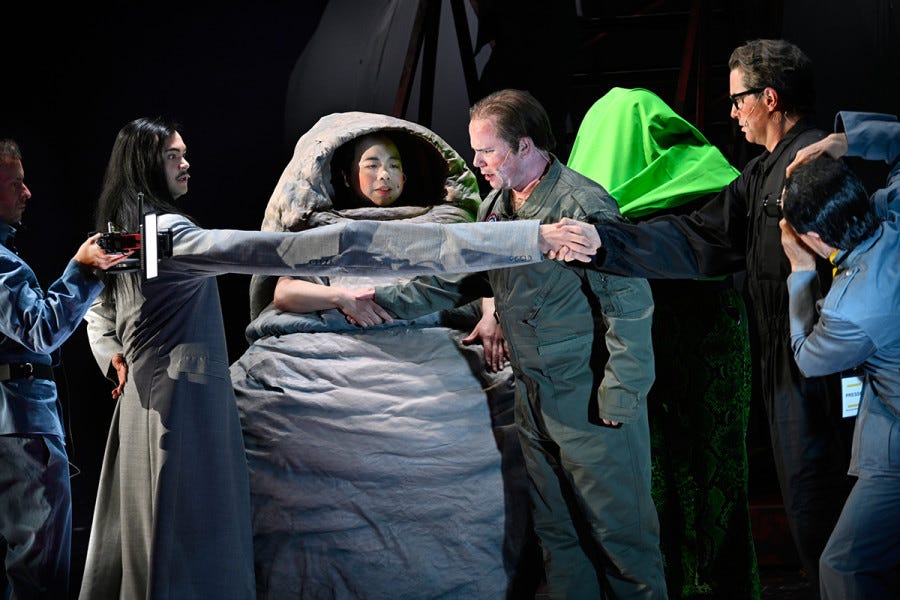
The two Deutsche Oper Berlin productions I saw relied heavily on house ensembles to varying success. Apart from the Munich Pelléas, the Deutsche Oper’s zany new production of John Adams’ Nixon in China had the most balanced cast of either city, full of voices that maintained their focus even through the notoriously repetitive, voice-shredding score. Chairman and Madame Mao (tenor Ya-Chung Huang and soprano Hye-Young Moon) each excelled in their higher registers — he was commandingly shrill, she had a radiant, triumphant sparkle. Baritone Kyle Miller played a feisty version of Chou En-Lai, his long hair vaguely Christ-ish. (He’ll star alongside Ben Bliss in Tesori’s Grounded at the MET later this month.)
The cast for Deutsche Oper’s Don Giovanni, however, was wholly unremarkable.
With robust government funding, companies can mount experimental productions without worrying about low ticket sales — sensing a theme here? In Munich, Idomeneo included life-sized asteroids, rusted metal scaffolding, and flying chorus members in neon construction-worker garb. Elektra’s main set piece was a massive, downstage black square which rotated on a diagonal axis. Queen of Spades got a mafioso update, onstage cars (and parking lots) evoking several recent MET productions. Le Grand Macabre took place in a liminal cement space with vibes of both a train station and a prison.
In my Deutsche Oper Berlin sample, however, it felt like sex guided the productions — not an inherent issue, but the house’s repertory production of Don Giovanni (from 2010, mind you) was at times gratuitously kinky. Was it really necessary to have 20 body doubles violently air-humping during Leporello’s catalog aria, especially on squeaky beach chairs? Did Masetto’s gagged nipple torture add anything? How about the carousel of onstage violinists in latex gimp suits? I struggled to see the vision, but at least the Saw-esque crag of pointed metal looked cool…
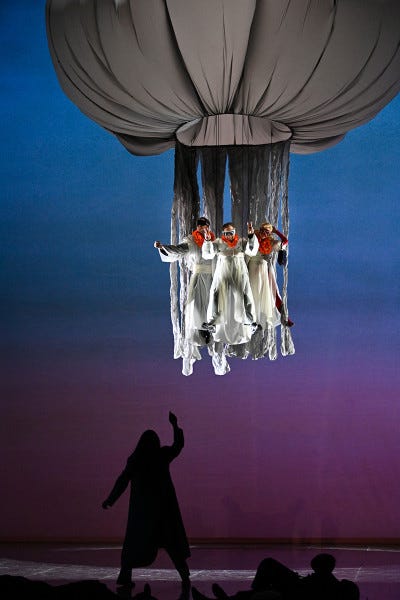
But in Nixon in China, sex was just another absurd facet of a bizarre, silly production. Musical theater collective Hauen und Stechen ostensibly focused on the propagandistic aspects of Nixon and Mao’s meetings. The spectacle that resulted wasn’t really John Adams and Alice Goodman’s opera — as the composer grouchily tweeted — but it was a ton of fun. A close-up camera live-fed to an upstage projection screen, lending film-like, in-your-face immediacy to the action and allowing cheeky backstage jokes between scenes: when interviewed about his character, Henry Kissinger, Chattanooga, TN native bass-baritone Seth Carico said in matter-of-fact German, “I often get to play the villain, but I rarely get to play mass-murdering fuckface.” (The punchline needed no translation.)
A few scenes later, Carico would return to the stage for the (in)famous second act ballet, here a fanatic orgy. Henry Kissinger found himself entangled with a group of people clad in hot dog suits — the “wurst-case scenario,” another journalist noted. In a plexiglass cube further upstage, three mostly-nude actors mimed as if beating each other, blood and other goop squirting every which way until Pat Nixon brandished a garden hose to wash them down, a weird baptism of sorts. The final act took place in an ambiguous pre- or post-apocalypse, children in dinosaur suits armed with bayonets, human-sized shrimp scuttling about as Nixon and Mao considered the implications of their meeting. (At least, that’s what the libretto says they did.)
I could keep describing this Nixon in China to you, but I don’t think it would paint the picture any more clearly. Really, it felt like a two-and-a-half hour joke largely at the U.S.’s expense — and considering SCOTUS had essentially pronounced Nixon immune from Watergate responsibility just a couple days prior, we definitely deserved it. This was the most poetic way I possibly could have spent July 4, 2024.
The standard of orchestral playing is very, very high in Germany. My brother’s flight from Berlin got pushed up a day, so I took the free night to see one of the city’s five(!) full-time orchestras at the historic Konzerthaus. I ended up sitting next to Elena Luporini, a critic from Bachtrack, and when I asked them at intermission about the local orchestra scene — who’s on top, who shares halls with whom, who needs to practice a little more — they laughed.
“I can’t even begin to answer that,” they said, flipping through their program. “Which orchestra is this again?”
That night, we were seeing the Konzerthaus’s namesake orchestra in a largely unspecial program, a perfect, pop-quiz way to form initial judgements. The strings’ timbral work was gorgeous through Sibelius’s The Oceanides — what a terrible piece, it just goes in circles for 11 minutes — and resident organist Iveta Apkalna provided a fascinating look at the Konzerthaus’s 1984 instrument through Bernd Richard Deutsch’s 2015 organ concerto Okeanos. Shostakovich’s First Symphony, immature but characteristic, finished the program.
The Konzerthausorchester sounded un-complacent — no autopilot from the section players, no stupid attention lapses in the more exposed passages. It was eminently competent playing, and it would take a second coming of Dmitri himself for this program to be anything more. I finished that final balmy evening with a currywurst, a stroll along the East Side Gallery portion of the Berlin Wall (see a favorite mural of mine below), and a jaunt into the hip Kreuzberg neighborhood for Sudanese style falafel with peanut sauce, perhaps the single German phenomenon I most hope catches on in the states. (Well, that and affordable urban housing…) Despite the fact that Germany had been knocked out of the Euro Cup that night, the town was still lively with young people clinking half-liters by the river Spree.
The opera orchestras were spottier, though they had their moments of glory. I still think of the velvet string sound that opened Don Ottavio’s Act I aria in the Deutsche Oper Giovanni, a breathtaking entrance ruined moments later with a flat recitative from the tenor. In Munich, hearing the Bayerische Staatsorchester inhabit their natural habitat (Strauss) with Generalmusikdirektor Vladimir Jurowski was a thrill — their Elektra was accurate, warm, and most of all, beefy. In Idomeneo and Pelléas (under guest conductors Ivor Bolton and Hannu Lintu) balance issues pervaded, but the orchestra’s only true off night was Queen of Spades, where coordination issues stemmed from the podium of supposed phenom Aziz Shokhakimov. (Seriously, it was as if he’d never seen a choir before.)
—
Enough about music — let’s talk about food. Some of my favorite bites from the trip:
Bosnian ćevapi (thumb-sized sausages smoky with charcoal) and bürek (stuffed pastries with the flakiest homemade phyllo dough) — plus homemade bread fried in sausage grease — at Sarajevo in Berlin’s Wedding district.
Vietnamese curry noodles at Hamy Café in Neukölln, Berlin. Southeast Asia is well represented in Berlin’s restaurant scene, and Hamy is the unanimous favorite of most food publications.
Lahmacun (Turkish pizza) at Örnek, which has multiple locations throughout Berlin. You can get lahmacun at many shops, but Örnek is a specialist well worth the dedicated trip. (And there’s a location near-ish to the Deutsche Oper!)
Aroma, a Chinese restaurant on Charlottenburg’s Kantstraße, one of Berlin’s “Asia Towns.” The dim sum was only okay, but the fact that it was a) just a few minutes from the opera and b) available until 3am more than made up for it.
Afghan food is huge in Munich — after Ligeti, we ended up at Hewad near Sendlinger Tor for our kebab fix, but I’ve heard recommendations for any number of other places around town.
At Gasthaus zum Schwanen in the small town of Füssen, a heavenly butter-fried schnitzel of tender Bavarian veal, served Wiener style with potato salad and lingonberry jam. We also tried a special made with Gams, a local species of goat-antelope — stringy, but flavorful — and finished with Quarkknödel, chewy nougat-filled dumplings made from farmer’s cheese. This is the kind of local gem you should bookmark, the perfect way to kill a few hours waiting for your train connection from Neuschwanstein Castle, the palace that inspired Disney’s Sleeping Beauty. On the inside, the castle is essentially a monument to Richard Wagner, scenes from his operas festooning the walls. That was enough Wagner for the trip — and we only spent half an hour in the castle. (Wear your hiking shoes, there are some gorgeous trails in the area.)
Whole smoked fish and potato salad from somebody’s house on the Chiemsee Fraueninsel, a small resort island in the middle of the same lake where King Ludwig II built his cosplay Versailles.
The big-plate chicken at Kashgar, a Uyghur restaurant just a few meters from Munich’s main train station — takeaway döner counter downstairs, full-service establishment upstairs. It definitely burned, a welcome change from Bavaria’s country fare.
The Kaiserschmarrn — shredded caramelized pancakes with plum compote — at Gaststätte Grossmarkthalle, in an industrial part of Munich just outside downtown. We actually went for our fix of Weisswurst, Munich’s famous pale sausage, but the pancakes turned out the clear winner. (When I asked if they had a menu auf Englisch, I got an eyeroll and a brusque “Nein.” No wonder it was so good.)
The dark rye bread with apples from Julius Brantner Brothandwerk. Once a week, they also sell some of the best croissants I’ve had — happy Friday! (Additional shout to the bakery across the street from our Airbnb, just a few meters down Dietlindenstrasse from the U-Bahn. We couldn’t have done our trip without your espresso and butter pretzels!)
I did my best to drink beer like the locals, but my Ashkenazi tummy eventually cried for mercy. Luckily, Germany’s mocktail game is strong — anywhere you can get a beer, you can usually get a spritz of apple, orange, or black-currant juice, plus lychee or mango if you’re at an Asian or Middle Eastern restaurant. But unique to Munich is an obsession with Rhabarbersaft, sweetened rhubarb juice, wonderfully refreshing on their hot, humid days.
And yet…despite the fact that this was ostensibly a music trip, the most memorable moments were still those I spent with friends and family. Hearing my brother’s latest life updates over radler in one of the Berlin Tiergarten’s sprawling Biergartens. Catching up with old concert-going buddies, and making new ones. Meeting long-distance friends for the first time — I had a soul-nourishing catchup with the fabulous violinist Usha Kapoor, whose website I designed for my very first job out of college. (Listen to her debut album!)
And sometimes, the music and the friends wove together into single glorious events. One of my oldest musical friends, the violist Emma Wernig — whom I’ve known since our twerpy elementary school days — is now a Berlin freelancer, several competition wins and prestigious degrees under her belt. A few nights after we settled in Berlin, she played a wonderful duo recital with pianist Luca Buratto at the Piano Salon Christophori, easily my favorite venue of the trip. An artsy warehouse with an impressive collection of pianos historical and modern, the Salon reserves a chunk of its display stage for concerts, often six in a week. (If you’re in Berlin on September 22, go see Anthony Romaniuk’s latest devised recital, in which he plays six[!] different keyboard instruments — I listen to his Radiohead rewrites when I’m having a bad day.)
“That Hindemith sonata absolutely cooked,” I told Emma at intermission, tipsy with the spoils of the Salon’s complimentary beer fridge. “Can you write that?” she asked. While I’m at it, another feather in her cap: a transcription of Frank Bridge’s cello sonata which actually sounded idiomatic to the viola, a rare feat.
And the best part: I wasn’t the only elementary school classmate to show up to the Salon Christophori that night. Nearly 6,000 miles from our childhood home, we held an impromptu reunion — and in the same fell swoop, I gained a new friend in my New York rolodex. That’s the beauty of life: you just never know who’s going to come waltzing back into your consciousness, or when, or where.
If you made it this far, touch grass — god knows I need to. Now, back to New York for the start of a very busy season…
What’s On
(note: all shows are in the evening unless otherwise specified)
Anthony Roth Costanzo: The Marriage of Figaro (SOLD OUT for now)
Fri Aug 30-Sun Sept 22 (eve performances on Wed-Sun) | Little Island
Morton Feldman: For Christian Wolff
Sun Sept 1 | 2B&2C
Shabaka and special guests
Tue-Sun Sept 3-8 | Blue Note
Patricia Brennan Septet: “Breaking Stretch” CD Release Show
Wed Sept 4 | NUBLU
ICE Performs Earl Howard’s Boson1 and more
Thu Sept 5 | Pioneer Works (deep Brooklyn)
Res Facta Vocal Ensemble: Thomas Tallis — Variis Linguis
Fri Sept 6 | Basilica of St. Patrick’s Old Cathedral
Adam O’Farrill: ELEPHANT
Tue-Wed Sept 10-11 (two performances each night) | The Jazz Gallery
The Stone Residencies: Craig Taborn
Wed-Sun Sept 11-14 | The Stone at The New School
Miller Theatre: Composer Portrait — Courtney Bryan
Thu Sept 12 | Miller Theatre, Columbia University
The Angel’s Share: mɔɹnɪŋ [morning//mourning]
Thu-Sat Sept 12-14 | Green-Wood Cemetery
Leah Hawkins, soprano & Kevin Miller, piano
Fri Sept 13 & Sun Sept 15 (matinee) | Park Avenue Armory
The Sebastians: Bach, in Conversation
Sat Sept 14 (early evening) | Brick Presbyterian Church
Repast Ensemble: Harvest Festival
Sat Sept 14 | McKinney Chapel, First Unitarian Congregational Society (Brooklyn)
Sun Sept 15 (matinee) | Manhattan Country School
Juilliard Fall Fest: Juilliard Orchestra
Mon Sept 16 | Alice Tully Hall
NOTE: I’ll keep or drop this one depending who wins the concerto competition ;)
Peni Candra Rini: Wulansih
Mon Sept 16 | Roulette Intermedium (Brooklyn)
Juilliard Fall Fest: Juilliard415
Tue Sept 17 | Alice Tully Hall
ARTEK: Monteverdi’s Il ritorno d’Ulisse in patria
Wed Sept 18, Fri Sept 20, Sat Sept 21 (matinee) | St. Ignatius of Antioch Episcopal
Church
The Stone Residencies: Sara Serpa
Wed-Sun Sept 18-21 | The Stone at The New School
Juilliard Fall Fest: Terry Riley’s The Holy Liftoff (Density 2036: part xi)
Thu Sept 19 | Willson Theater, Lincoln Center
Kim Cass Levs Trio
Thu Sept 19 (two performances) | The Jazz Gallery
TENET Vocal Artists: Exultemus
Sat Sept 21 (early evening) | Holy Trinity Lutheran Church
Music Before 1800: La Chapelle Harmonique
Sun Sept 22 (matinee) | Riverside Church
Seth Cluett and TAK Ensemble
Sun Sept 22 | Roulette Intermedium (Brooklyn)
Met Opera: Grounded (Tesori)
Mon Sept 23, Fri Sept 27 (continues into October) | Met Opera House
Meredith Monk: Indra’s Net
Mon Sept 23-Sun Oct 6 | Park Avenue Armory
NOTE: Performances are nightly, but Thursdays are off and Sundays are matinee.
ETHEL, featuring Allison Loggins-Hull: Persist
Tue Sept 24 | Merkin Hall, Kaufman Center
Met Opera: Les Contes d’Hoffmann
Tue Sept 24, Sat Sept 28 (matinee) | Met Opera House
The Stone Residencies: Peter Evans
Wed-Sun Sept 25-28 | The Stone at The New School
Parlando: Night Music
Thu Sept 26 | Merkin Hall, Kaufman Center
New York Festival of Song: Learning, Fast and Slow
Sun Sept 29 (matinee) | Rubin Museum of Art
Silver Songs (Songs About Movies)
Mon Sept 30 | Merkin Hall, Kaufman Center

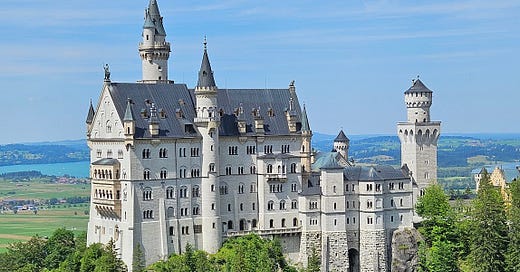


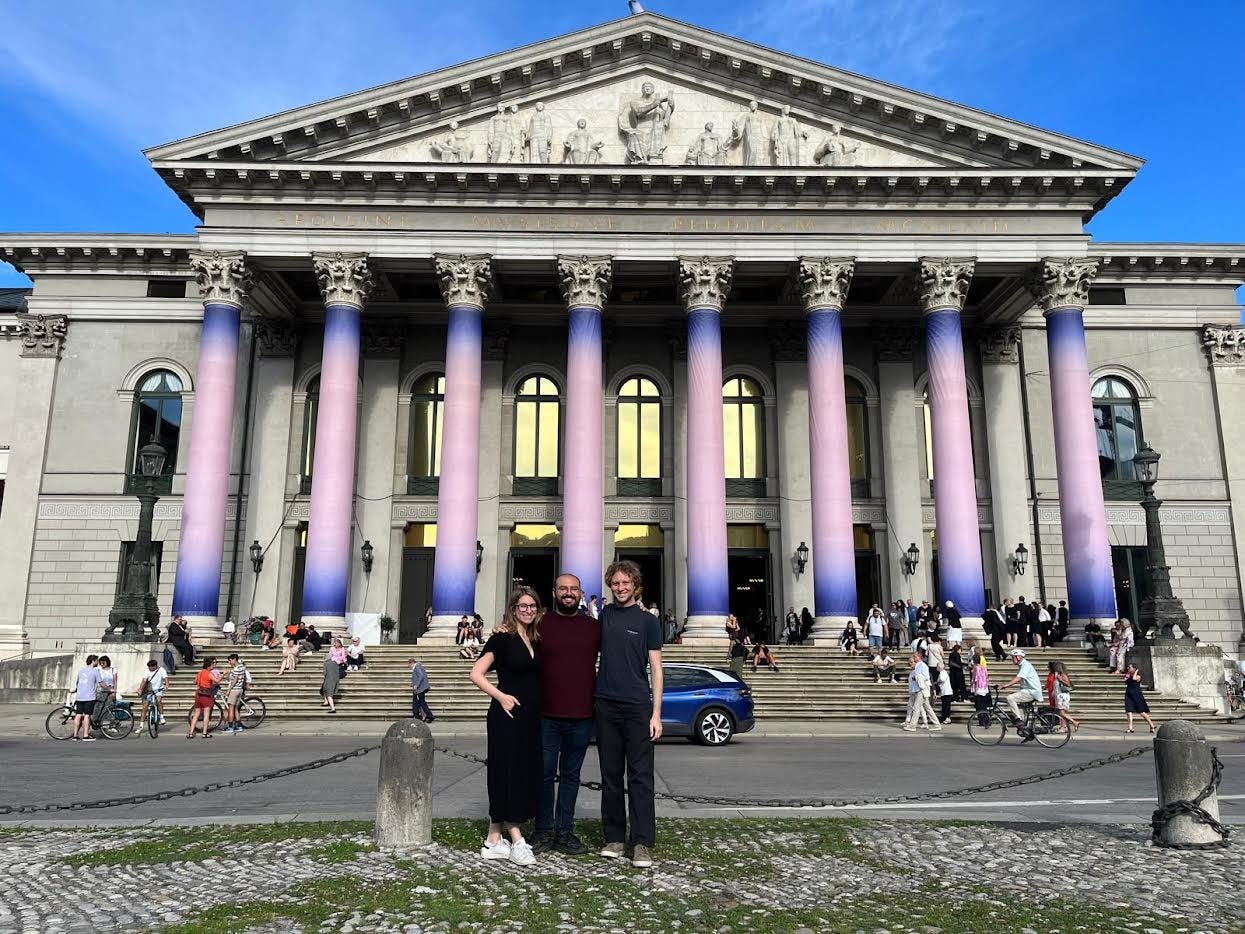
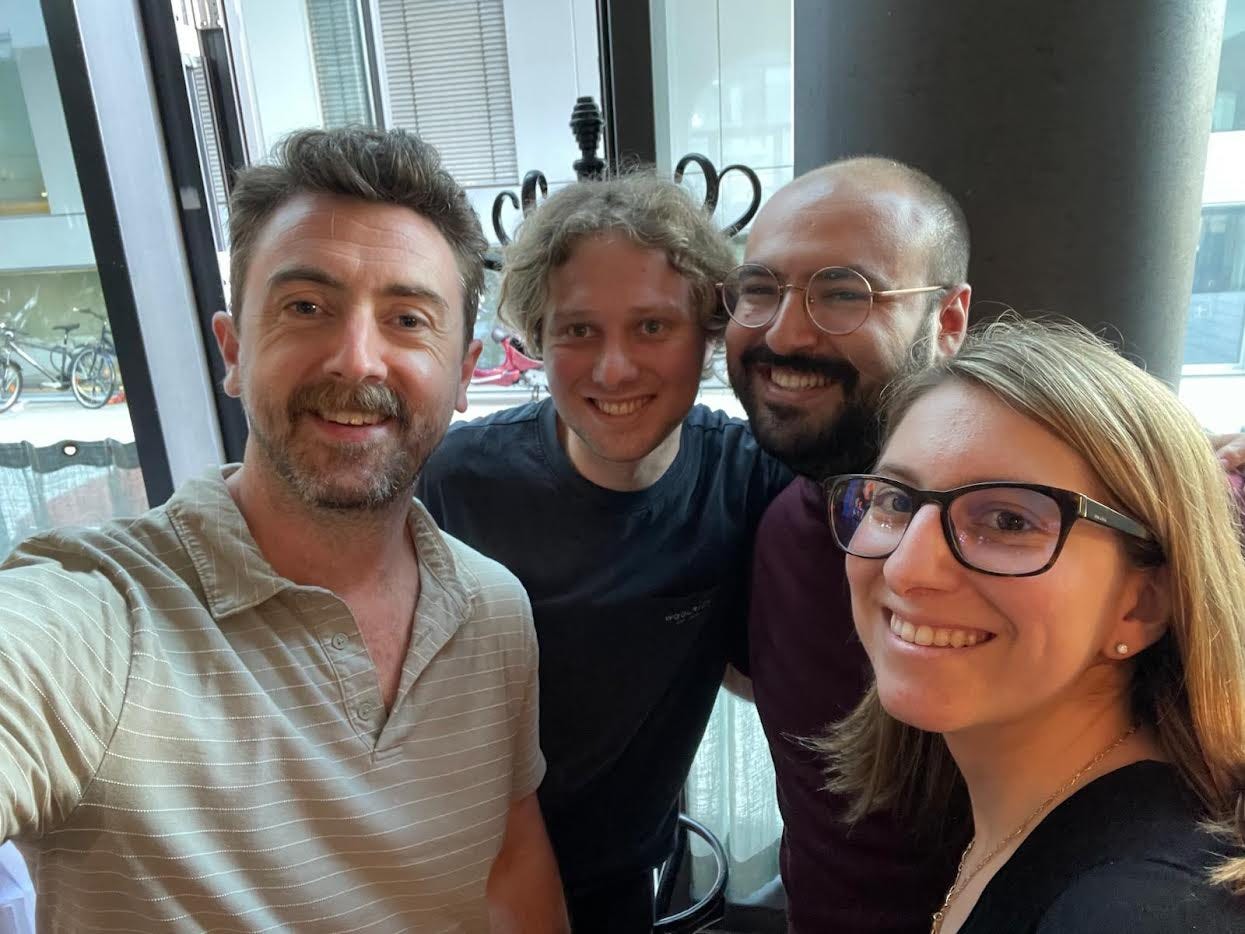

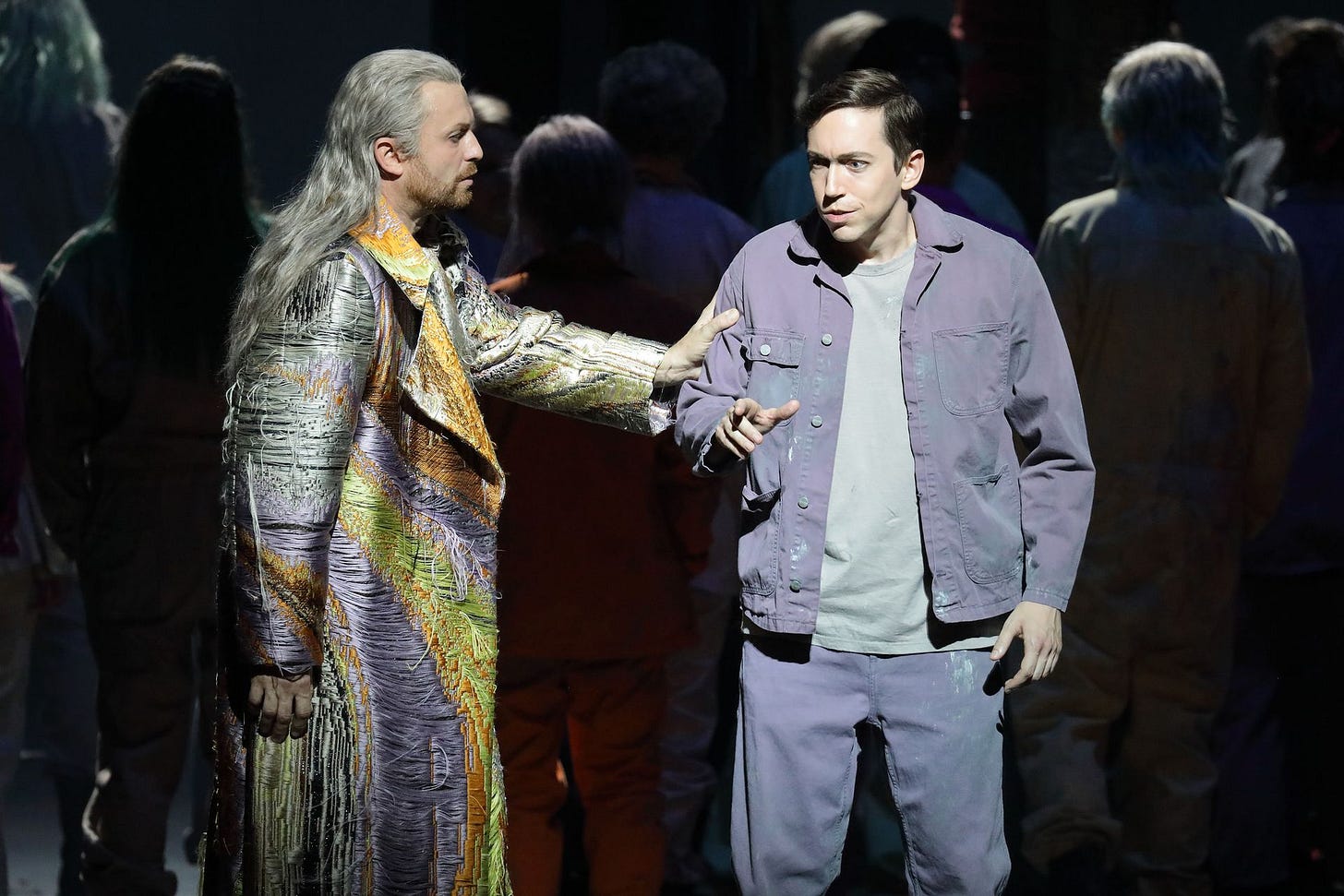

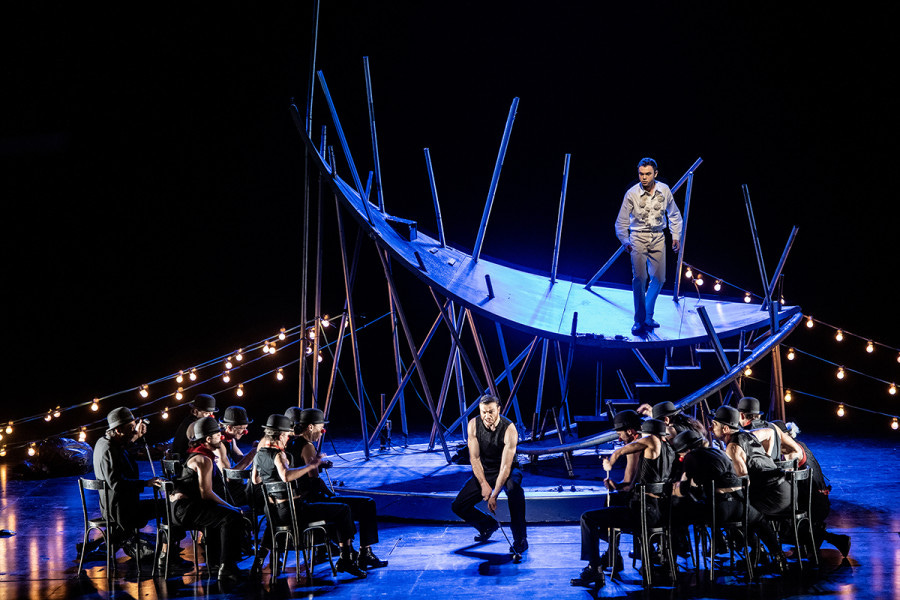
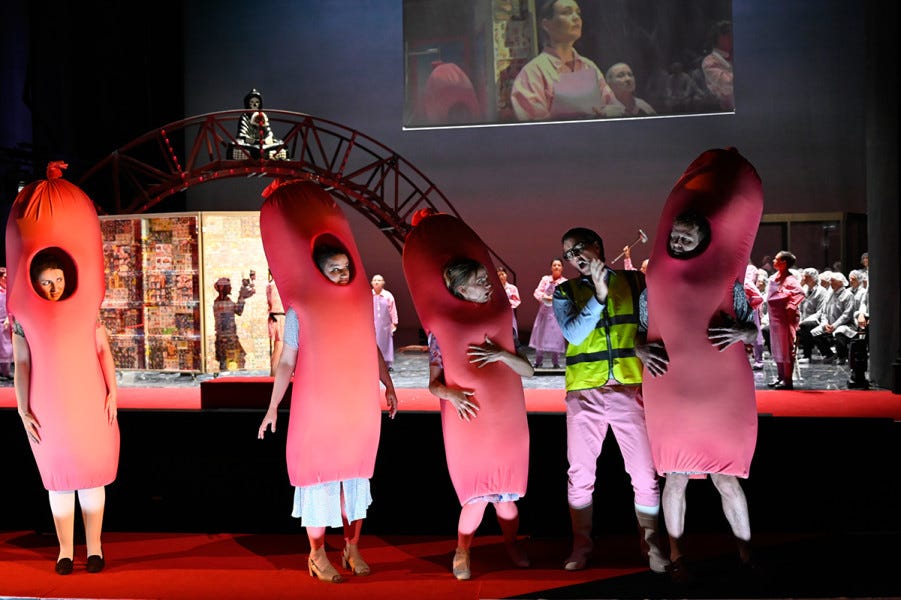
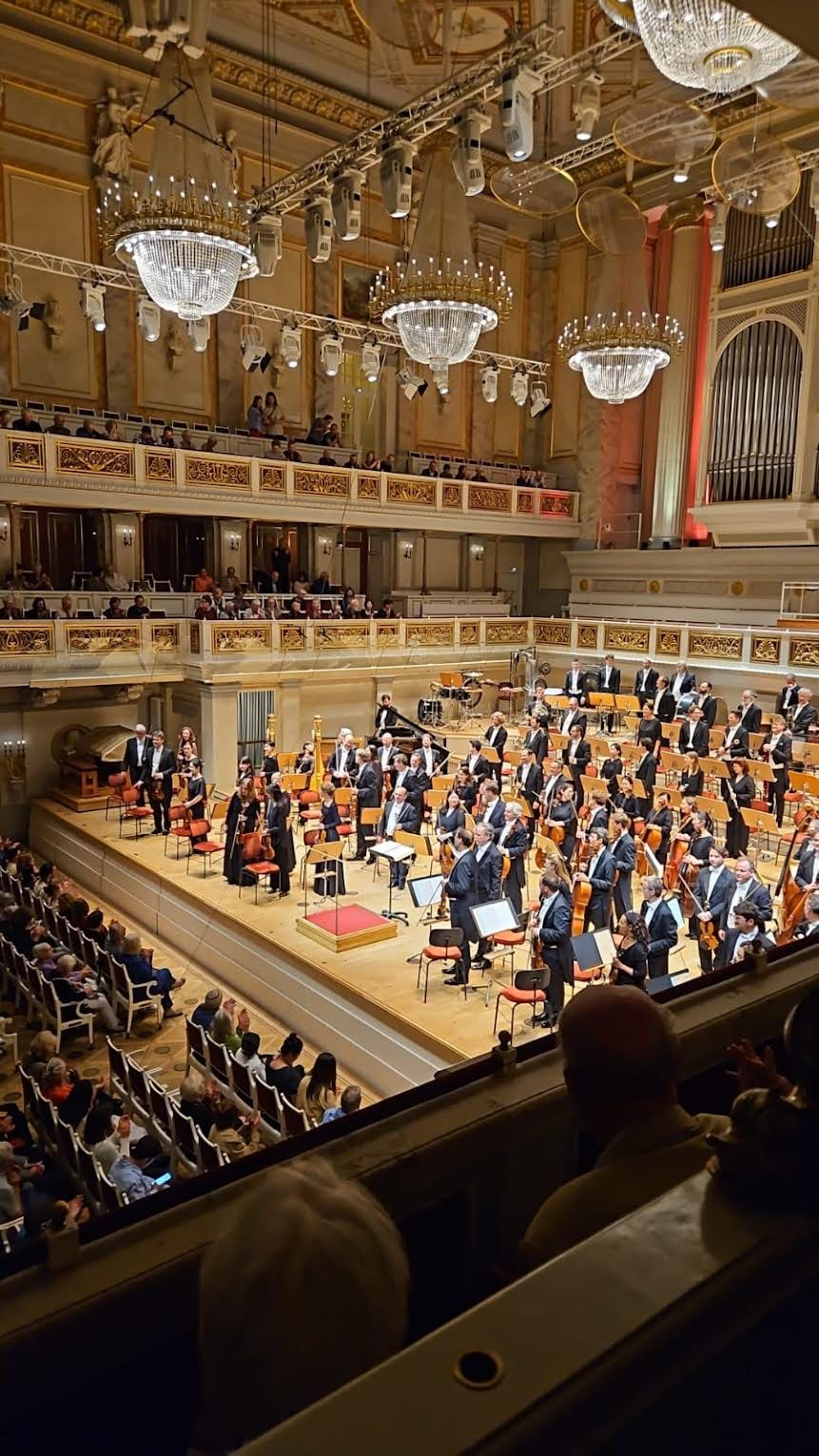
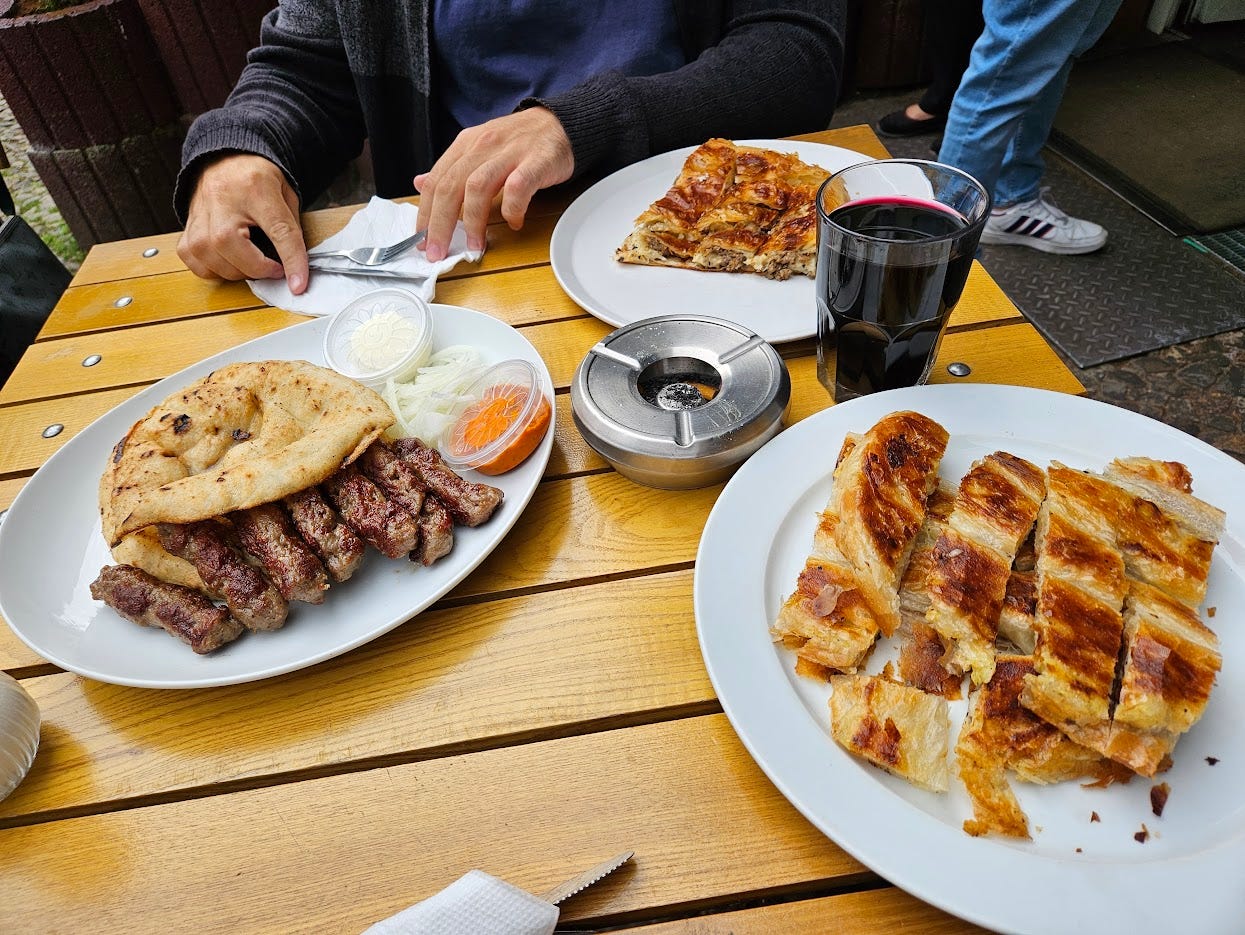







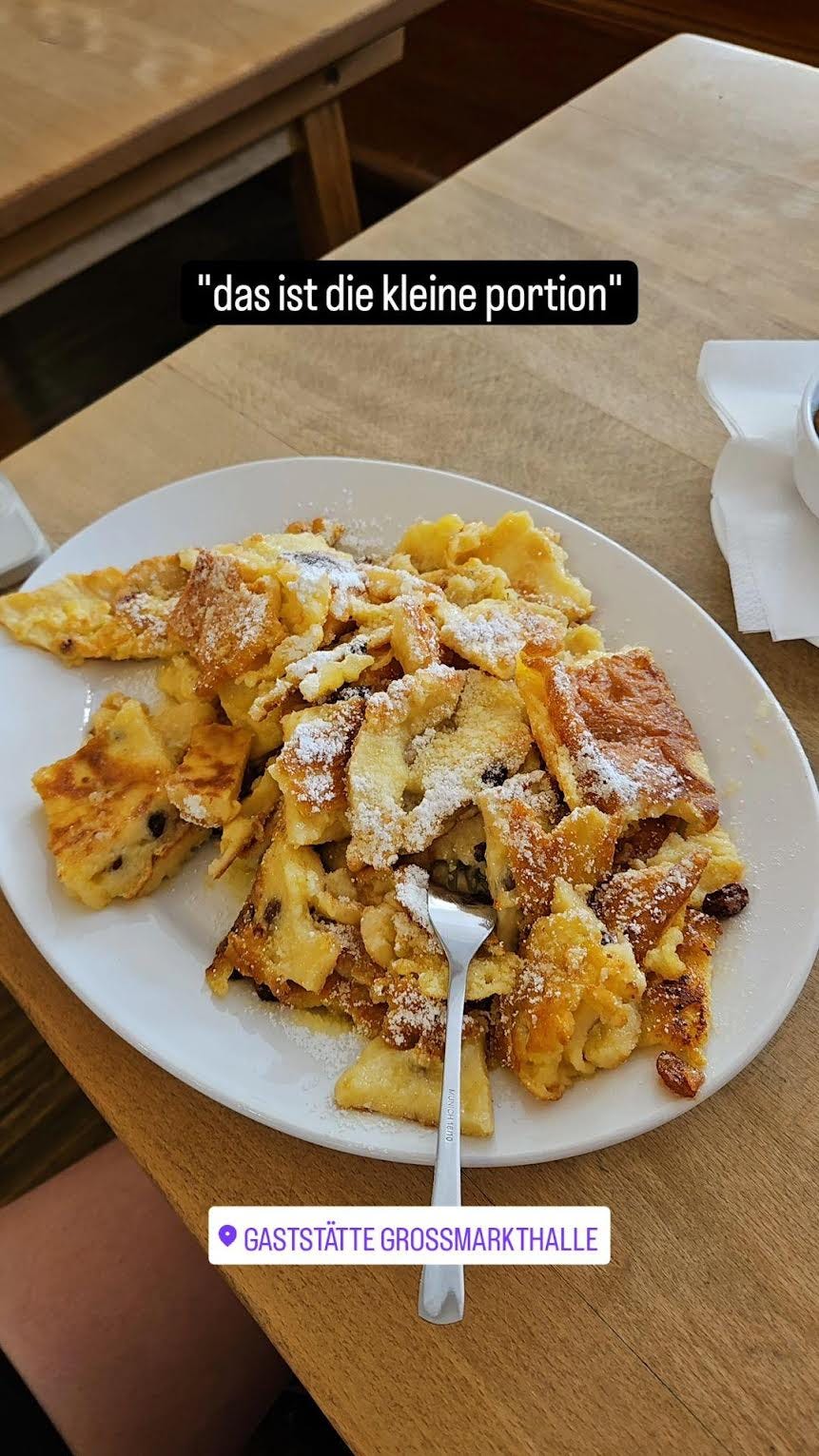


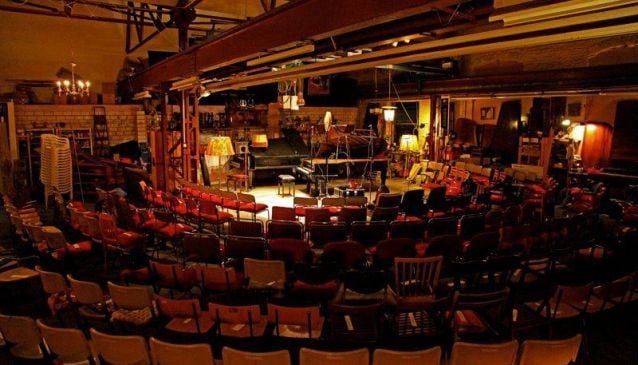

Excellent article.
Off to touch grass now!